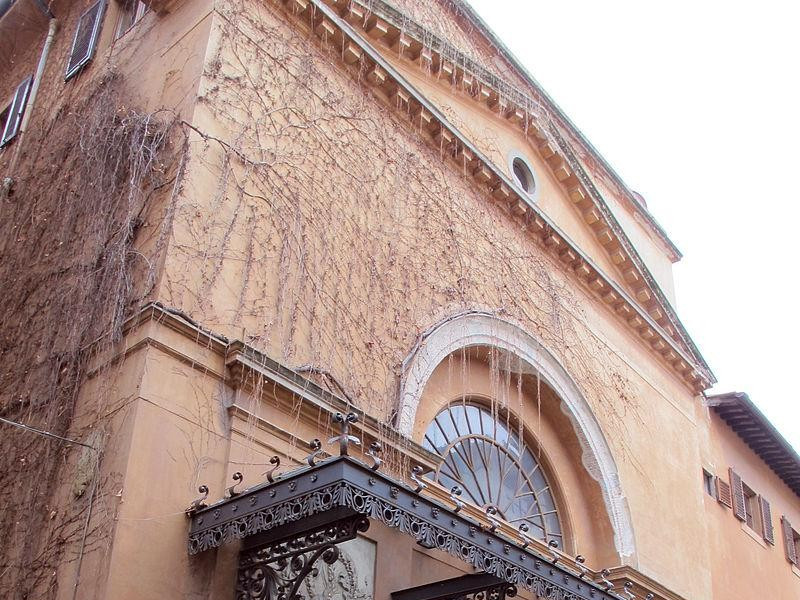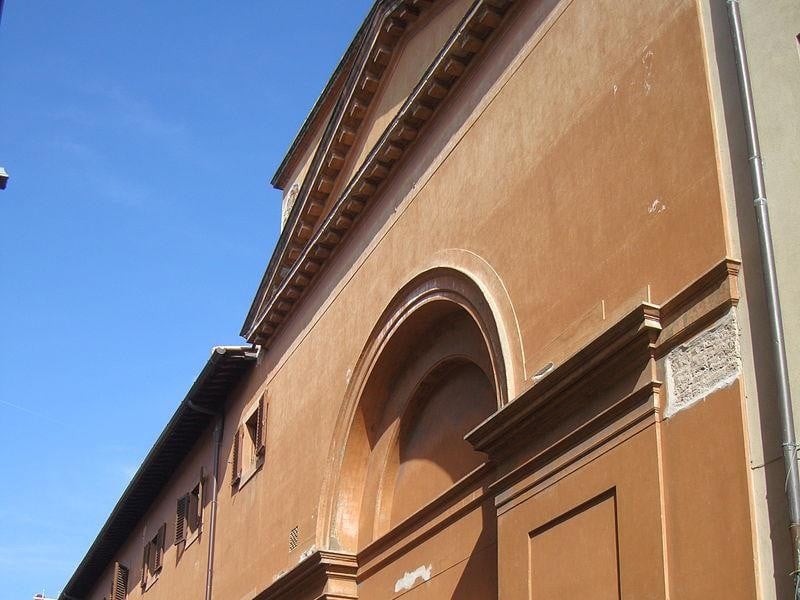Teatro della Pergola
The Pergola Theater in Florence is one of the oldest and richest of all Italy. It named after the street in which it stands, where, in the sixteenth century, there was a grape arbor. The Theater is the first major example of "Italian theater" with a wooden structure erected in 1656 by Ferdinando Tacca on behalf of the Academy of Real Estate: it is considered the first great Theater in rows of boxes stacked. He experimented for the first time the oval shape, most of acoustics, with a stage and an elegant proscenium arch. The tiers were three, supported by an open loggia on the audience, with two areas bordered by balustrades and intended to keep separate the male from the female audience. At the center of the room, it forms mixtilinear, facing the stage with the throne of Cardinal and his guests. Later it became "Grand Ducal Theatre", affected by several transformations: in 1800-1804, on designed by Ristorini and Giuseppe Salvetti was made the Music Room (now called the "Saloncino"). The current forms are due to the intervention of Bartolomeo and Gaetano Silvestri Baccani, that in 1855-1857 realized the new environment of the entrance hall, cafe and foyer. In 1912 it was created the gallery, able to bring the capacity to 1.350 spectators. Again on this occasion were renewed decorations: the golden stucco work by Gino Papini, in the access tunnel to the "Saloncino" and bas-reliefs and paintings new entry made respectively by Giovanni and Michele Giovannetti Garinei. After being declared "Monument of National Interest" (1925), following the damage caused by the flood of 1966, the building was subject to a complex structural consolidation by architect Luigi Caliterna. After the resumption of its activities, the Pergola continued its intense and qualified theater to this day.



